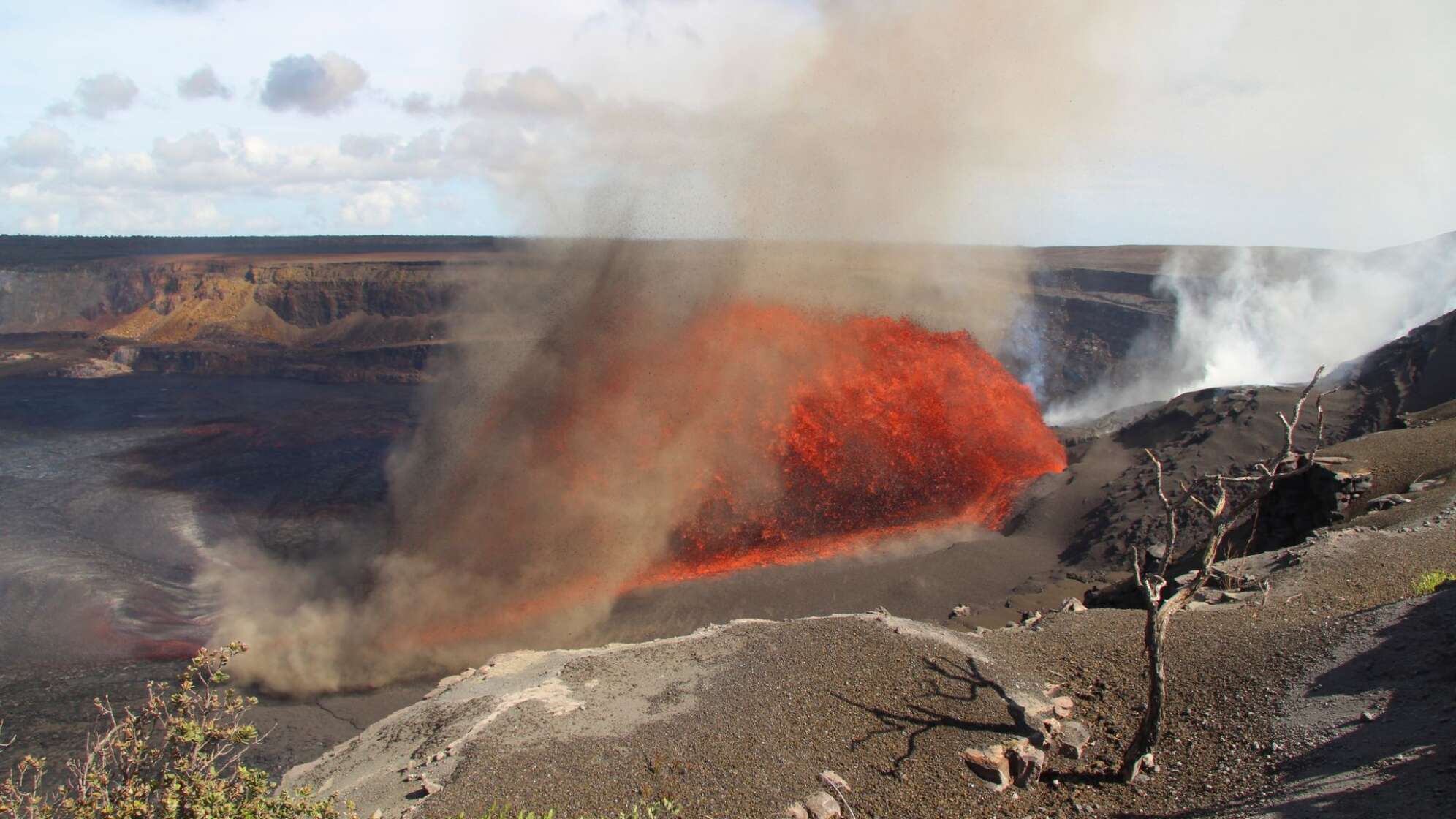The Importance of Understanding Twisters
Twisters, more commonly known as tornadoes, are one of nature’s most destructive forces, causing significant damage and loss of life. Understanding how these phenomena form and behave is crucial for enhancing safety measures, improving forecasting, and ultimately saving lives. In recent years, with changing climate patterns, the frequency and intensity of tornadoes have become a focal point of research, highlighting their relevance in contemporary meteorological studies.
Recent Tornado Activity
According to the National Weather Service (NWS), the United States experienced a noticeable uptick in tornado occurrences during the spring of 2023. States in the Midwest and Southern regions, particularly in Tornado Alley like Texas, Oklahoma, and Kansas, saw a spate of tornadoes that raised public awareness about the importance of preparedness and early warning systems. In April alone, over 50 tornadoes were reported, with several classified as EF3 or higher, leading to substantial property damage and unfortunately, some loss of life.
The Science Behind Tornado Formation
Tornadoes are born from severe thunderstorms when warm, moist air from the ground meets cooler, dry air aloft. The resulting instability can lead to the rotation of air, particularly in the presence of wind shear, which fuels the tornado’s development. The Enhanced Fujita (EF) scale categorizes tornadoes based on the damage they cause. Awareness of this classification helps communities understand the risks they face and respond accordingly.
Safety Measures and Preparedness
In light of recent tornado activity, meteorologists and local authorities have emphasized the importance of preparedness. The Federal Emergency Management Agency (FEMA) advises that individuals have a plan in place, including identifying safe locations, maintaining emergency kits, and staying informed through NOAA Weather Radio or mobile apps. Community drills and educational campaigns are also vital in enhancing public awareness and readiness.
Conclusion
The threat posed by twisters remains a significant concern, particularly with the changing climate potentially impacting weather patterns. Continued research into tornado formation and behaviour is critical for improving prediction capabilities and safeguarding communities. As scientists work to refine forecasting technology and public safety initiatives, raising awareness and preparing for these extreme weather events can greatly reduce their devastating impacts. Residents in tornado-prone areas are encouraged to remain vigilant and adhere to safety guidelines, ensuring that they are never caught off guard during a twister.

